What are seaming pliers used for? |
||||
|
|
||||
 |
Seaming pliers are used to bend and fold lead on roofs in the following places: | |||
Guttering |
||||
 |
Seaming pliers are used on guttering on roofs, especially lead guttering, and can produce ornamental roof guttering. | |||
Flat roofs |
||||
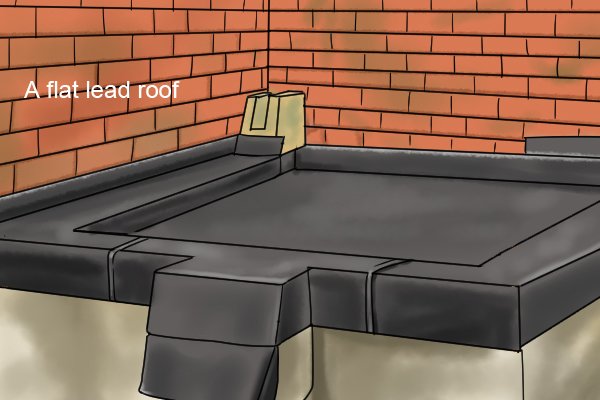 |
Seaming pliers are used to make lead flat roofs, by hemming the edges of the metal. | |||
Roof valleys |
||||
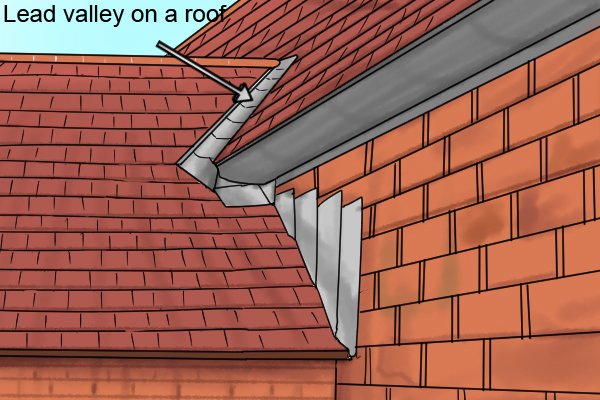 |
Seaming pliers are used on roof valleys. Valleys are drainage channels which are designed to produce an even flow of rainwater from the roof to the guttering. | |||
Flashings |
||||
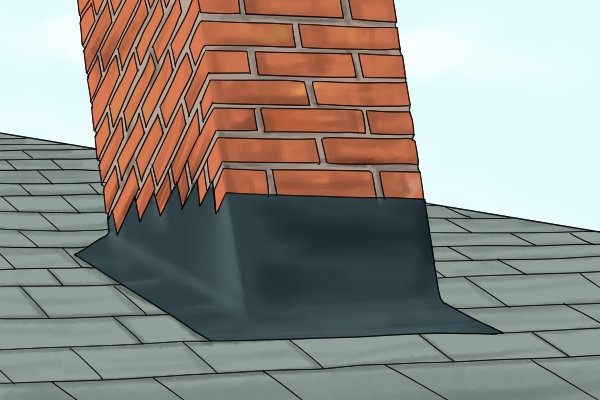 |
Seaming pliers are used on flashing, around chimneys for example. Roof flashing is placed around pipes and chimneys which protrude from the roof of a building, or along the edges of adjoining roofs, to deflect water away from those areas. | |||
Roof gullies |
||||
 |
Seaming pliers are also used on roof gullies. Gullies are designed to effectively remove excess water from guttering. | |||
Lead slates |
||||
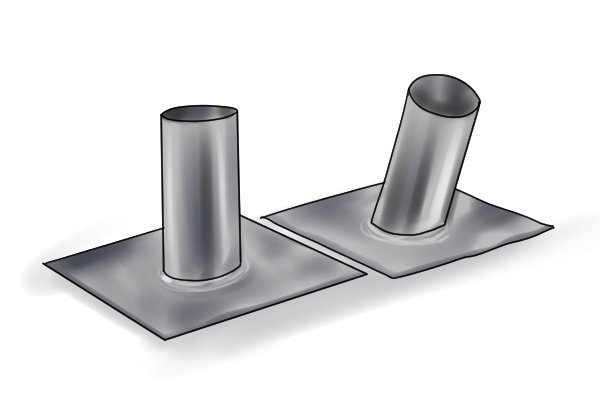 |
Seaming pliers can be used to shape lead slates on roofs. | |||
Roofing edge |
||||
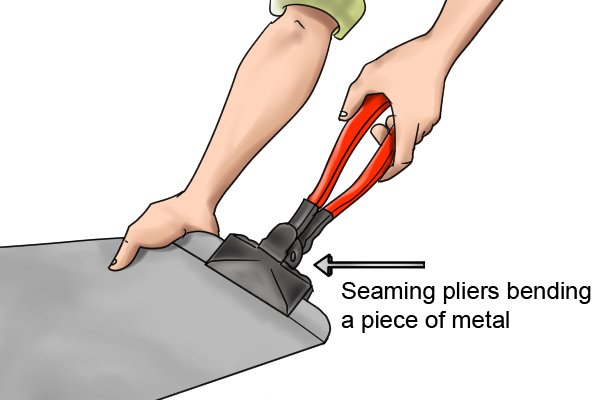 |
Seaming pliers are used to grasp and bend one small piece of sheet metal at a time, to create an edge. | |||
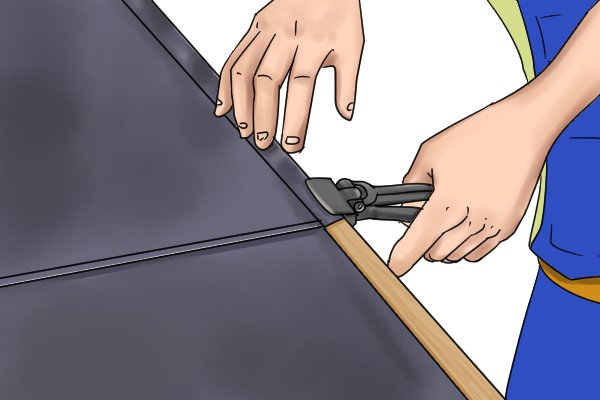 |
On a roof, the edge of the sheet metal panel can be bent with seaming pliers so that it lies flat, forms a watertight seal and a smooth seam.
For more information, see: How to hem a metal roof panel using seaming pliers |
|||
Standing seam |
||||
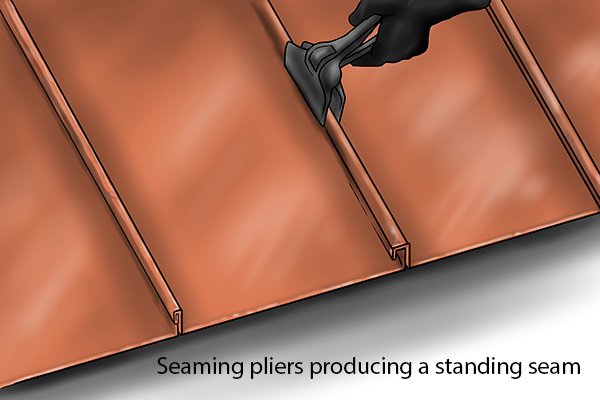 |
Seaming pliers are also used to produce a standing seam between adjacent sheets of metal, by turning and folding or interlocking them together. Many sheets can then be joined together and placed next to one another to form a roof covering.
For more information, see: Sealing a standing seam on a metal roof |
|||
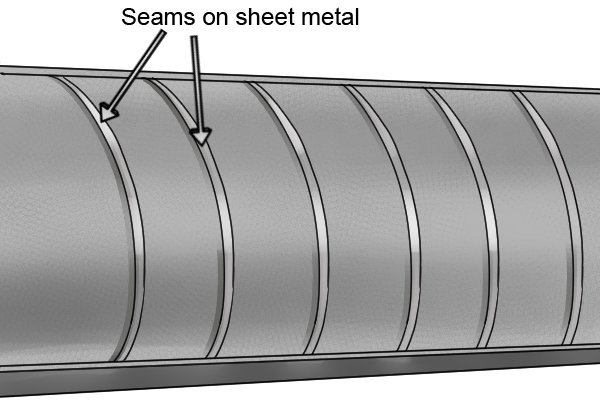 |
Standing seam metal roofs are durable and give a clean, modern appearance to a building. These roofs are constructed from interlocking panels that run vertically from the ridge of the roof to the eaves. Each panel is joined to the next by a raised seam that lets water run off without danger of leaks. These seams are created on the spot using seaming pliers. | |||
Roof flashing |
||||
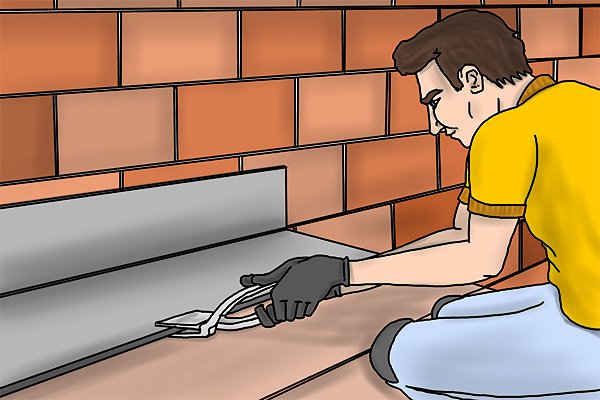 |
Seaming pliers are used on roofs, for example to bend a section of sheet metal to form flashings. | |||
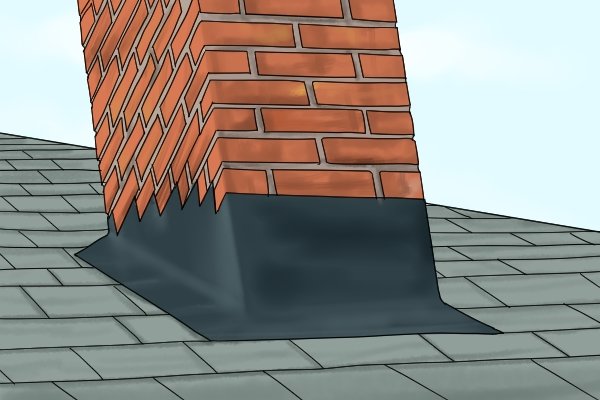 |
Roof flashing is placed around objects which protrude from the roof of a building (such as pipes and chimneys), or along the edges of adjoining roofs to deflect water away from seams or joints.
It is installed to prevent the passage of water into the roof. |
|||
Roofing welts and decorative welts |
||||
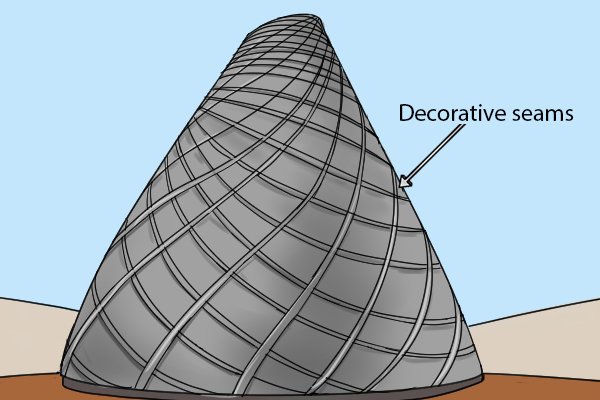 |
Seaming pliers can produce a raised, strengthened or ornamental finish along a seam or edge, especially on an inclined roof, known as a welt.
The welts allow for expansion and contraction of the metal, especially lead, which increases the life of the roof by reducing metal fatigue, which is associated with heating and cooling of metal sheets. |
|||
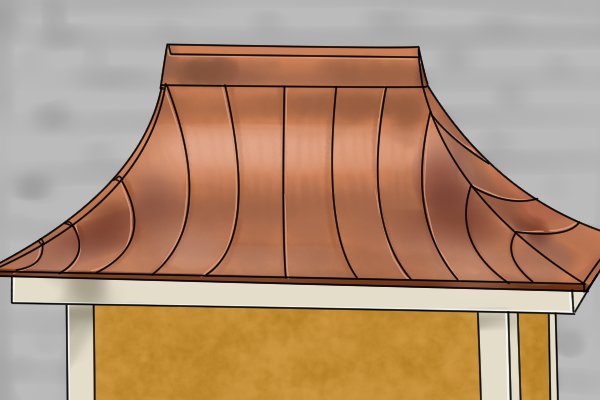 |
Seaming pliers are used on roofs to make welts in various types of sheet metal, for example lead, copper, zinc and stainless steel. | |||







